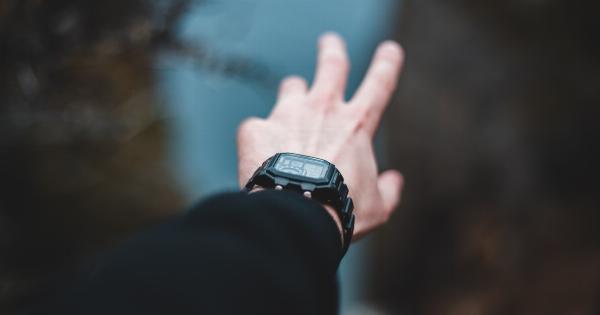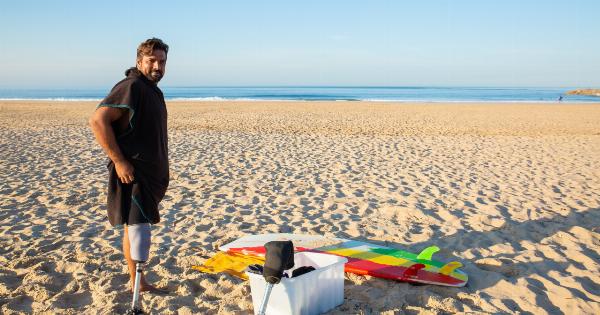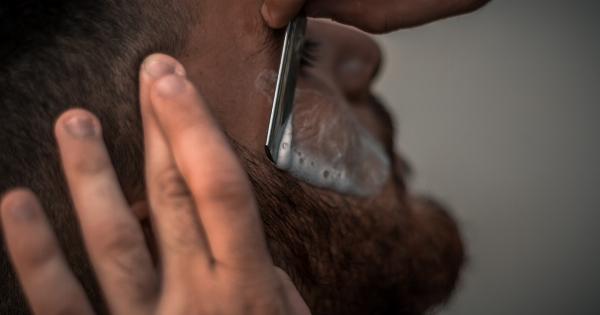Watersports are a popular activity for many people who enjoy the thrill of adrenaline pumping action on the water. However, with the excitement of watersports come the risks of watersport accidents.
Accidents on the water can result in serious injuries that can lead to long-term physical and financial consequences.
Types of Watersports Accidents
There are many different types of watersport accidents, including:.
- Boating accidents
- Jet ski accidents
- Surfing accidents
- Kayaking accidents
- Paddleboarding accidents
- Diving accidents
Each of these watersports has its own unique risks and potential hazards. Boating accidents, for example, can occur due to a variety of reasons such as inclement weather, operator error, or equipment failure.
Jet ski accidents, on the other hand, might happen because of reckless driving or poor maintenance. Surfing accidents can occur due to lack of experience or bad weather conditions. Diving accidents can be caused by lack of equipment, proper supervision, among other factors.
Legal Options for Watersport Accidents
When a watersport accident happens, it can have serious consequences. Depending on the nature of the accident and injury, the victim may have legal options available to them. Below are some of the legal options that may be available:.
Negligence
One of the most common legal options for a watersport accident is to seek compensation based on the negligence of another party.
Negligence means that the other party failed to uphold the appropriate standard of care, and this failure led to the accident. In the context of a watersport accident, this might mean that another boater collided with your boat and caused an injury, and this was due to the other boater’s negligence.
Breach of Warranty
Another legal option is to pursue a breach of warranty claim.
In this type of claim, your attorney will need to prove that the manufacturer of the equipment used in the watersport activity provided a warranty, and the manufacturer breached that warranty. An example of this would be if a jet ski manufacturer provided a warranty for their product, and the jet ski’s steering system failed, causing an accident.
Strict Liability
Strict liability may also be an option. In this type of claim, you will need to show that the other party or parties were strictly liable for the injuries sustained during the watersports activity.
An example of this type of claim would be if you were injured by an unmarked underwater obstacle while diving.
What to Do After a Watersport Accident
If you are involved in a watersport accident, there are several steps you should take:.
1. Seek Medical Attention
It is essential to seek medical attention immediately or as soon as possible after the accident.
Even if you do not feel any significant pain or injury, you should still get checked out by a medical professional, as some injuries may not be immediately apparent.
2. Report the Accident
Report the accident to the relevant authorities, such as the Coast Guard, local police, or park rangers. If the accident occurred while renting watersport equipment, report the incident to the company. Keep a written record of the incident.
3. Gather Evidence
Collect as much evidence as possible from the accident scene. This includes taking pictures of the damage, speaking with witnesses, and gathering any relevant information such as contact information for others involved in the accident.
4. Contact a Watersport Accident Attorney
Consult with an attorney experienced in handling watersport accidents. An attorney can help you understand your legal options and navigate the legal process of pursuing a claim for damages.
Conclusion
Watersports are a popular and exciting activity, but they also carry risks. If you or a loved one has been involved in a watersport accident, it is essential to know your legal options.
Speak with an experienced watersport accident attorney to learn more about how you can receive compensation for your injuries and other damages.





























